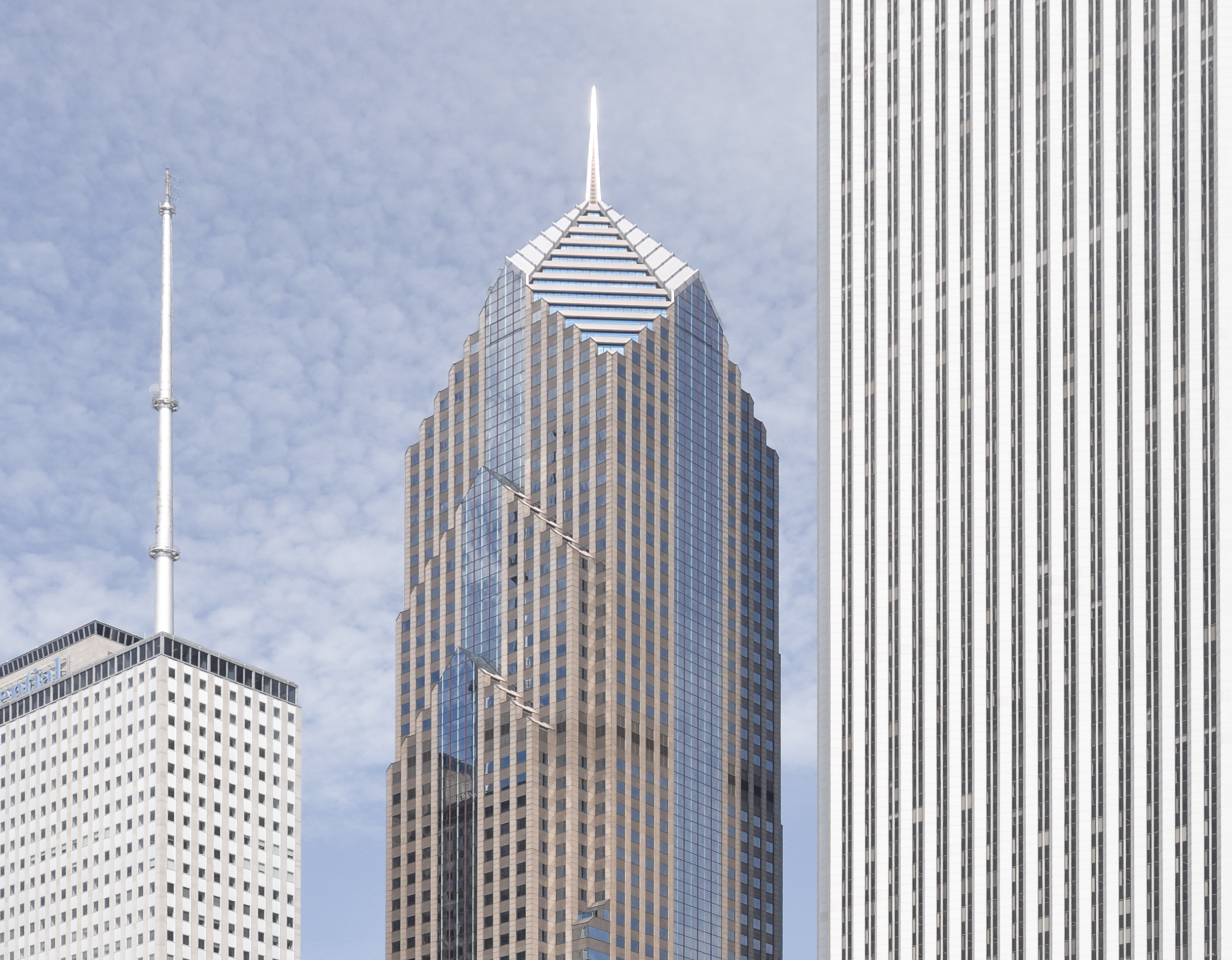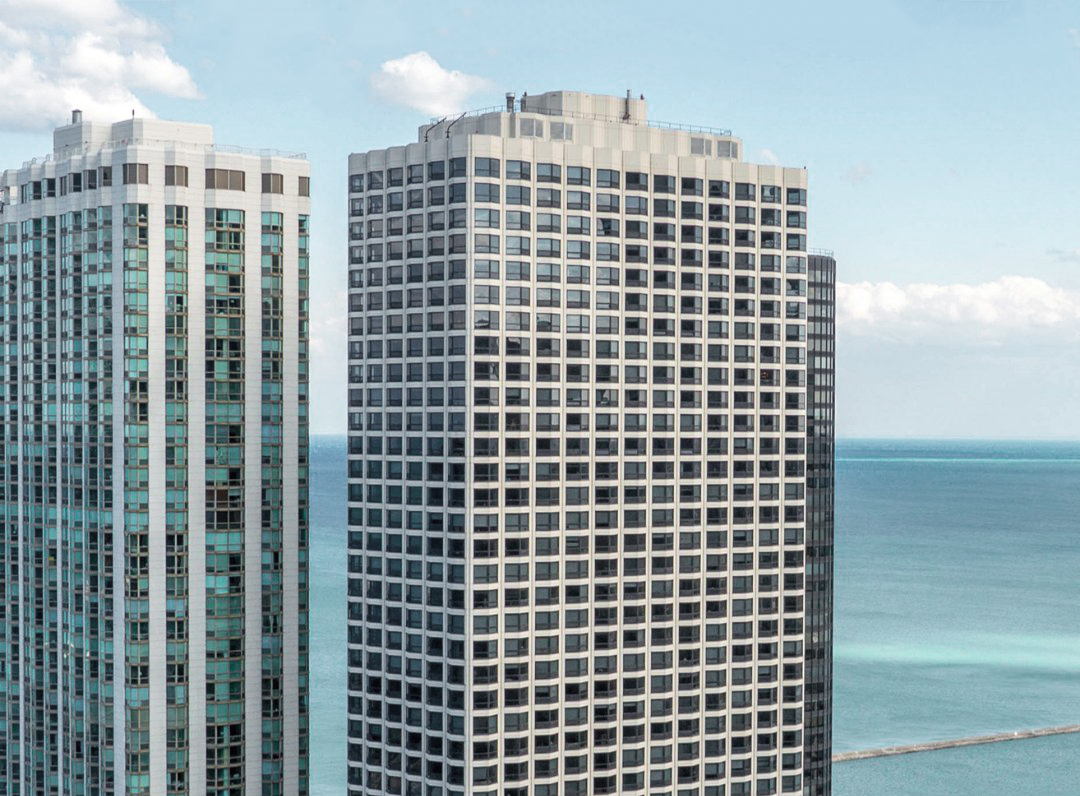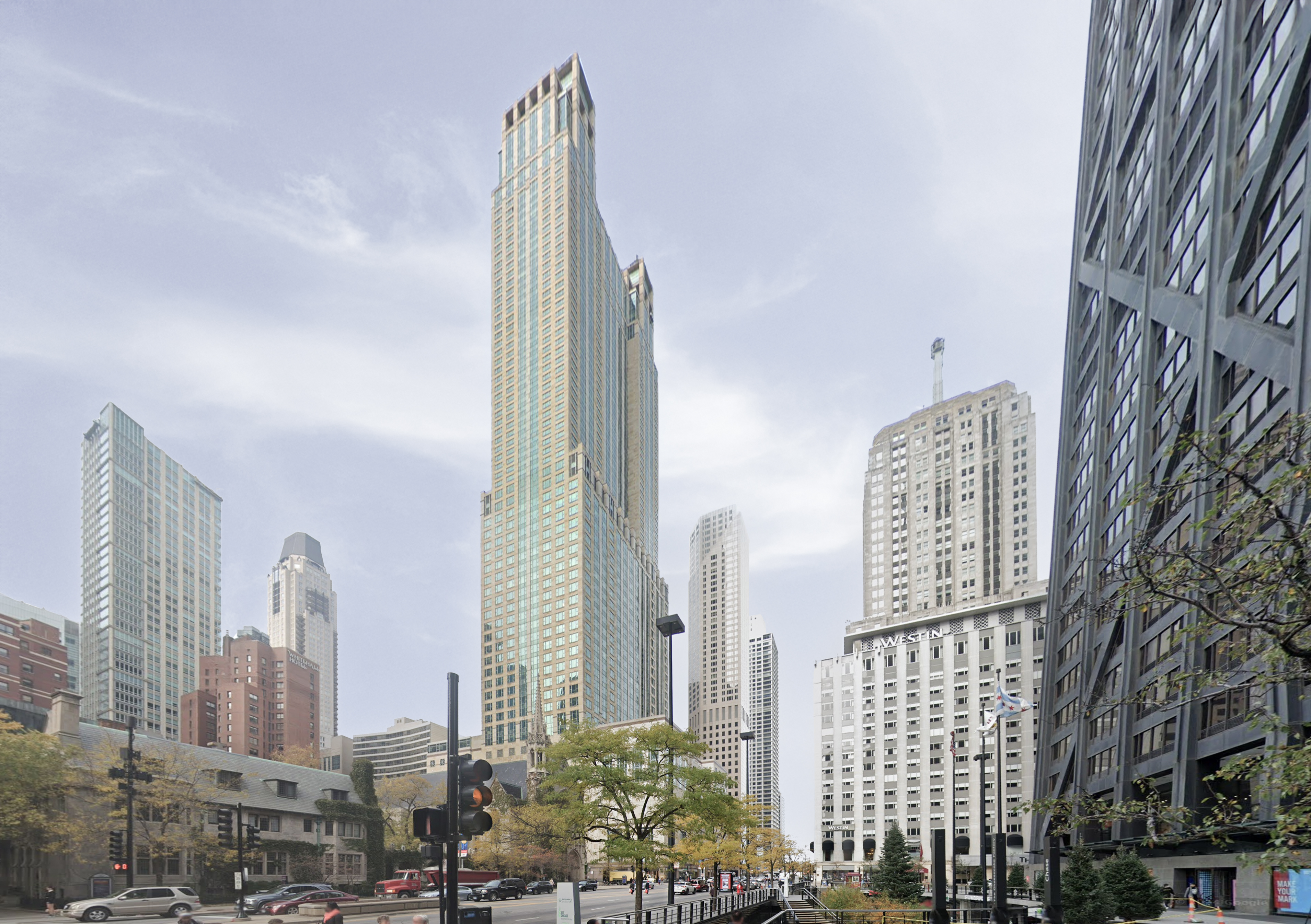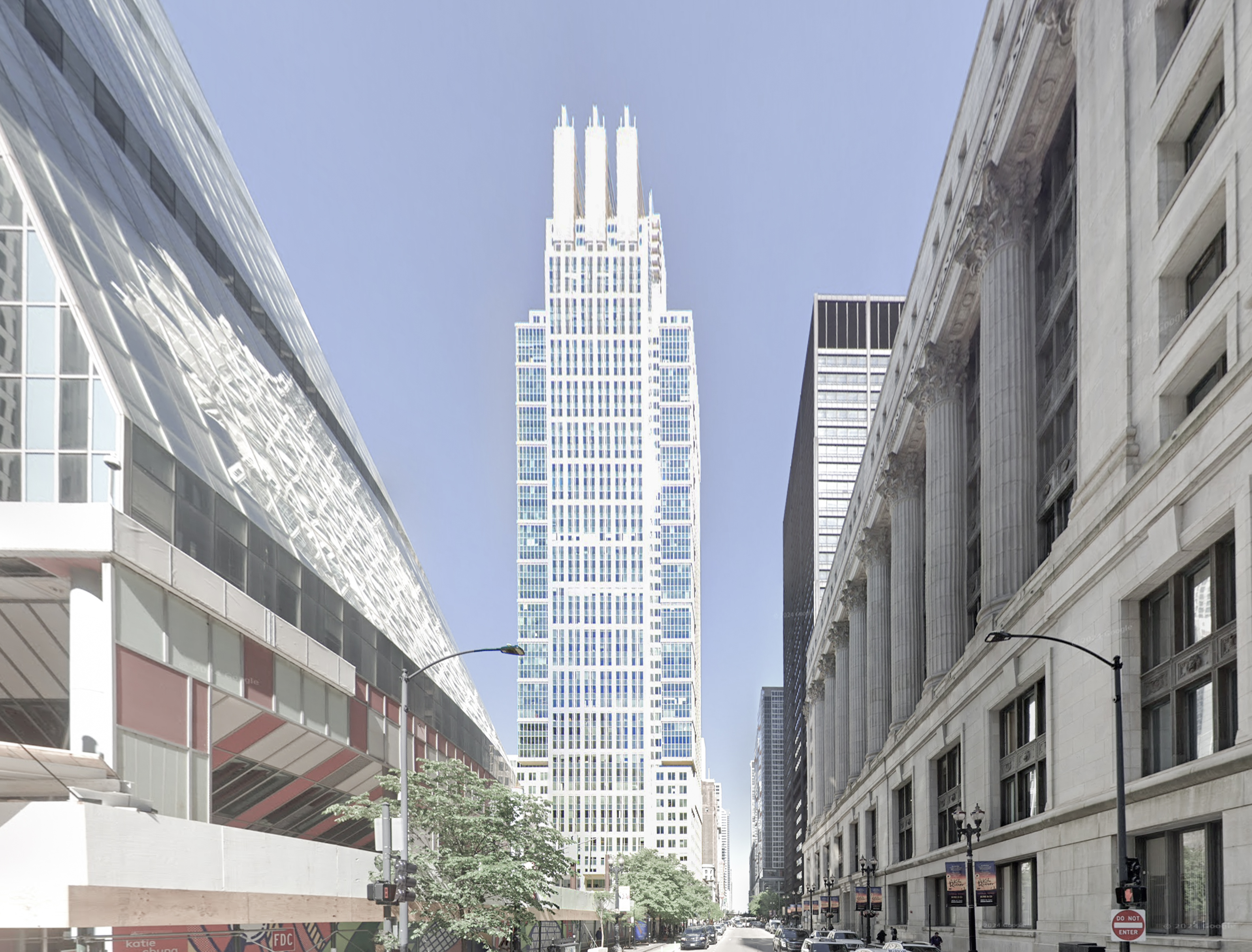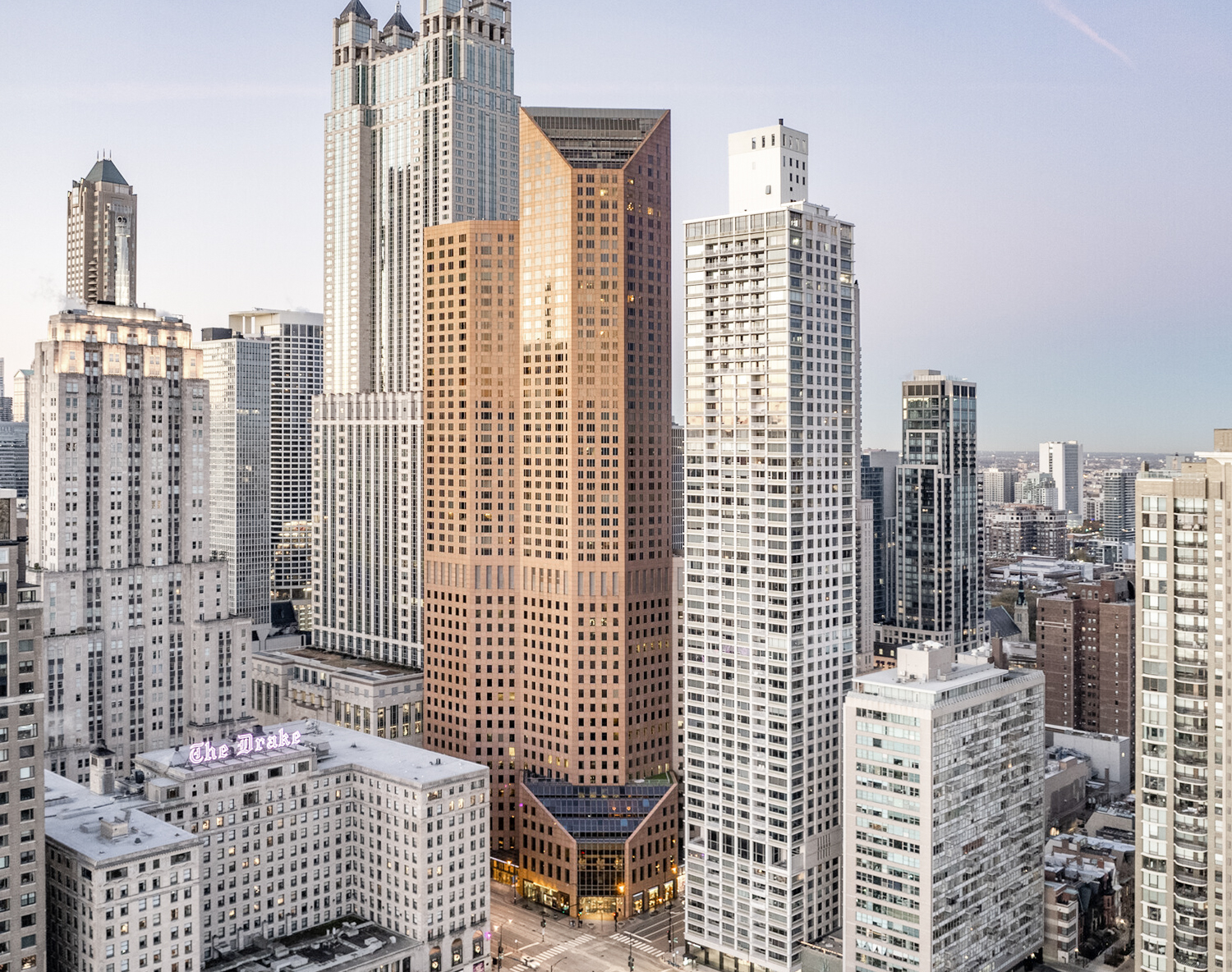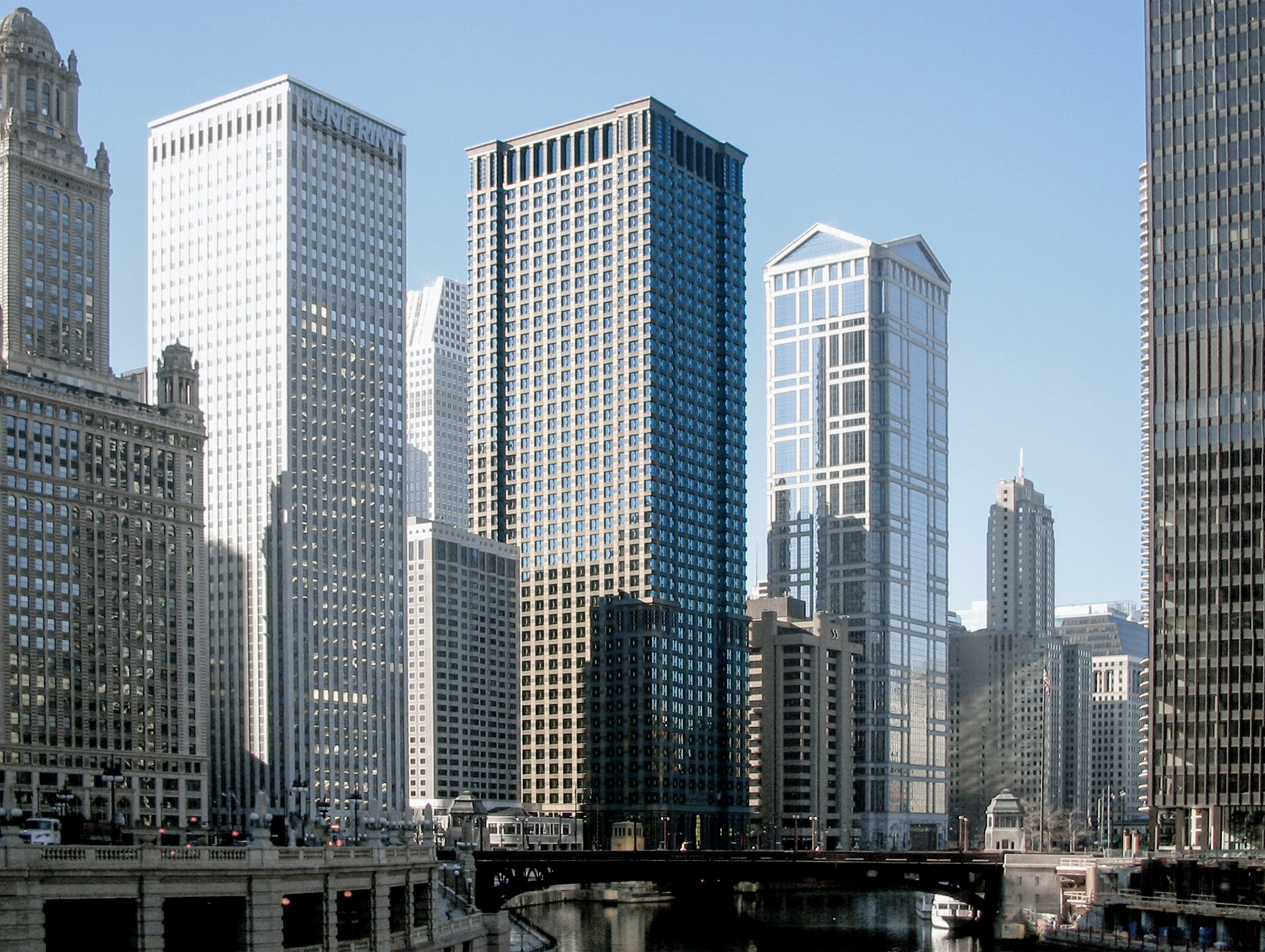The Two Prudential Plaza is a Postmodernist skyscraper designed by Loebl, Schlossman & Hackl, with Stephen T. Wrights as lead architect, and built between 1988 and 1990 in Chicago, IL.
Two Prudential Plaza is not the only name you might know this building by though. The building is, or has also been known as 2Pru.
Its precise street address is 180 North Stetson Avenue, Chicago, IL. You can also find it on the map here.
In 1995 the Two Prudential Plaza was awarded with the Best Structure Award.
At the lobby level the building connects with the adjacent 41-story One Prudential Plaza, which was completed in 1955.
